Are you the proud owner of a pond in your backyard? If so, keeping your pond clean and healthy requires regular maintenance. One issue that many lake and pond owners face is stagnant water, which can lead to unpleasant odors, clogging, and an unhealthy environment for aquatic life.
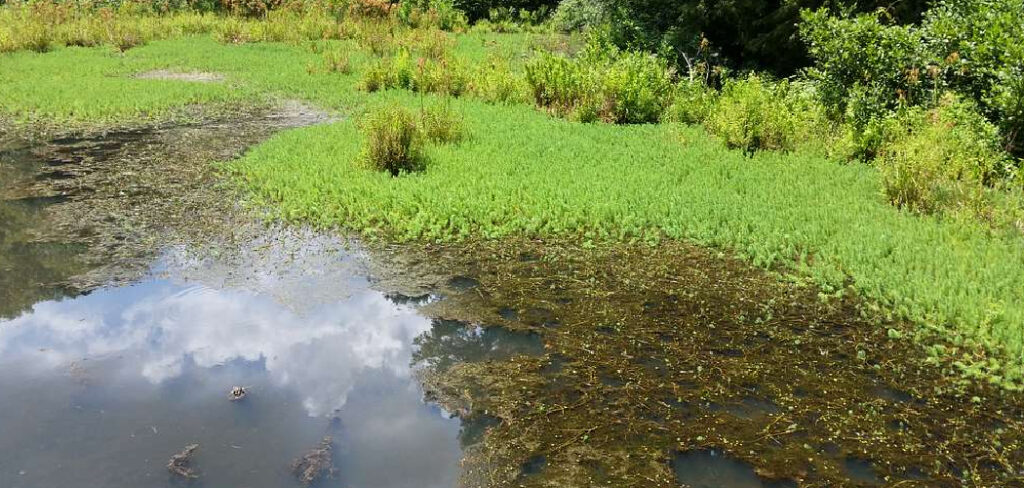
In this blog post on how to prevent stagnant water in pond, we’ll discuss how to prevent stagnancy in your pond through proper care and maintenance, as well as explore some helpful products that can make it easier to manage your water quality. Read on if you want to learn more about ensuring the health of your beloved body of water!
What is Stagnant?
Stagnant water is a type of standing, still water that doesn’t move or circulate. This kind of water quickly becomes a breeding ground for bacteria, microorganisms, and other pollutants due to the lack of oxygen in the environment.
Stagnancy can also lead to murky or cloudy water and unpleasant smells. If you don’t take proper care of your pond, stagnant water can be incredibly dangerous for fish, wildlife, and any other kind of aquatic life.
Needed Materials
Given below are the materials that will help you in your quest to keep your pond clean and free from stagnant water:
Aerator
An aerator is a kind of mechanical device used to pump oxygen into the water, which helps to prevent stagnation.
A Pond Skimmer
A pond skimmer is a net or basket with an opening that you can use to remove debris and other contaminants from the surface of the water.
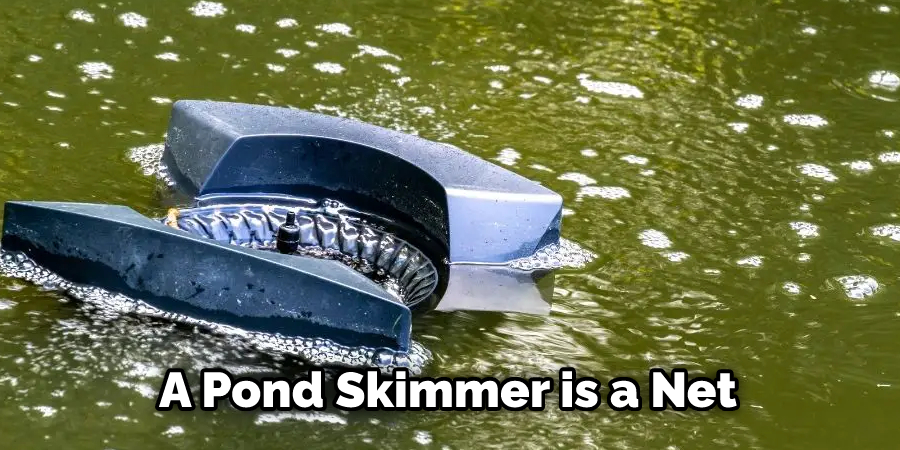
Filter System
A filter system helps to keep your pond clean by removing impurities, such as dirt, leaves, and algae.
Pond Vacuum
A pond vacuum is a special kind of vacuum designed specifically for ponds. It’s used to remove sludge and other substances from the bottom of a pond or lake.
Step-by-step Guides on How to Prevent Stagnant Water in Pond
Step 1: Check Properly
Perform regular inspections of your pond to identify any signs of stagnation. Look for cloudy water, foul odors, and any debris that has accumulated on the surface. If you see any of these signs, it’s likely that your water is not properly circulating. It’s important to act quickly in order to prevent any further damage.
Step 2: Monitor Water Levels
Monitor your pond’s water levels regularly to ensure that they remain at a healthy level. Low water levels can lead to stagnation. But you should also be aware of the dangers of over-filling a pond. If your pond is overfilled, it can lead to flooding and other problems. It’s important to find the right balance of water levels.
Step 3: Clean Up Debris
Remove any debris, such as leaves and lawn clippings, that have accumulated in the pond. This will help minimize stagnant areas and keep the water clean. If the debris is too much for you to handle, a pond vacuum can make the task easier. But be sure to use a pond vacuum designed specifically for the job, as regular vacuums can be too powerful and damage your pond.
Step 4: Install an Aerator
Installing an aerator is one of the best ways to ensure that your pond remains free of stagnation. An aerator continually pumps oxygen into the water, which helps prevent stagnation and keeps aquatic life healthy. Be sure to choose an aerator that is designed for your specific pond size.
It’s also important to maintain your aerator regularly in order to ensure that it works properly. But if you don’t have the time or resources to install an aerator, you can also use a pond pump to achieve similar results.
Step 5: Use a Pond Skimmer
Using a pond skimmer will help remove debris and contaminants from the surface of your water. This helps to keep the water clean and free of stagnation. But be sure to choose a skimmer that is designed for your particular pond size. It’s also important to keep the skimmer clean on a regular basis. This will help to maximize its effectiveness.
If necessary, you can also use a pond vacuum to remove debris and contaminants from the bottom of your pond. Otherwise, the debris will just accumulate and cause stagnation again.
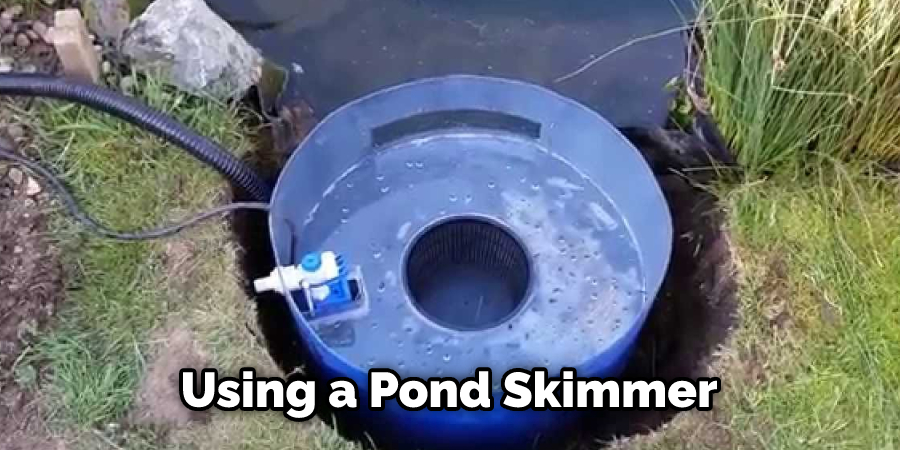
Step 6: Invest in a Filter System
Installing a filter system is an effective way to keep your pond clean and free of stagnation. Filters help remove impurities, such as dirt, leaves, and algae that can clog up your pond and lead to stagnant areas. It’s important to choose a filter system that is designed for your specific pond size. It’s also important to maintain and replace the filters regularly to ensure that they are working properly.
Step 7: Use a Pond Vacuum
A pond vacuum is another great tool for keeping your water free from pollutants. It’s used to remove sludge and other substances from the bottom of ponds or lakes that have become stagnant over time. You should use a pond vacuum designed specifically for the job, as regular vacuums can be too powerful and damage your pond. It’s also important to maintain your pond vacuum regularly in order to ensure that it is working properly.
Step 8: Add Beneficial Bacteria
Adding beneficial bacteria to your pond can help to break down pollutants, improve water quality, and reduce stagnation. But be sure to choose a bacteria that is designed for your particular type of pond. If you are unsure of which bacteria is best for your pond, it’s best to consult with a professional.
Step 9: Monitor pH Levels
Monitoring the pH levels of your pond is essential for keeping it healthy. Low pH levels can cause stagnation, so make sure to keep an eye on them. Although the ideal pH level for ponds can vary, most experts agree that a neutral pH level of 7.0 is best. If your pH level is too low, consider adding a buffer to raise it.
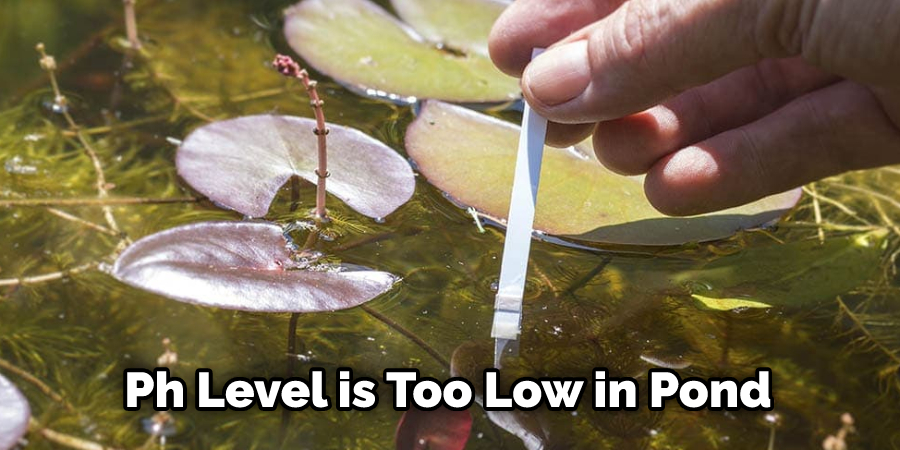
Step 10: Do Regular Maintenance
Finally, remember that regular maintenance is key if you want to keep your pond free from stagnancy. Be sure to check it regularly and perform any needed maintenance tasks. This includes cleaning the pond, removing debris, and checking pH levels. Doing regular maintenance will help ensure that your pond remains healthy and free from stagnation.
By following these steps on how to prevent stagnant water in pond and investing in some helpful products, you should have no problem ensuring the health of your pond and preventing stagnant water from forming. Keeping up with pond maintenance will also help to protect your aquatic life and keep your pond looking its best.
How Much It Could Cost?
The cost of preventing stagnant water in a pond will depend on the size and complexity of your pond, as well as the materials you choose to use. A basic aerator can cost anywhere between $100 – $200; a filter system can range from $150 – $400; and a pond vacuum may cost around $200.
Additionally, you may need to invest in other products such as beneficial bacteria, pH testing kits, and a skimmer net. All these costs should be taken into consideration when determining how much it could cost to keep your pond free of stagnation.
Frequently Asked Questions
Q: How Often Should I Check for Stagnant Water in My Pond?
A: You should inspect your pond regularly for signs of stagnation, such as cloudy water, foul odors, and debris that has accumulated on the surface. Additionally, you should also monitor your pond’s water levels regularly to ensure that they remain at a healthy level.
Q: What Is the Best Way to Prevent Stagnant Water in My Pond?
A: The best way to prevent stagnant water in your pond is to invest in a quality aerator and filter system. Additionally, you should use a pond vacuum and skimmer net to remove debris and contaminants from the water, as well as adding beneficial bacteria to break down pollutants. Finally, remember to do regular maintenance on your pond to keep it free of stagnation.
Q: What Is the Difference Between Aeration and Filtration?
A: Aeration is the process of introducing oxygen into the water, which helps to prevent stagnation. Filtration, on the other hand, entails using a filter system to remove impurities from the water. Both are important for keeping your pond healthy and free of stagnant areas.
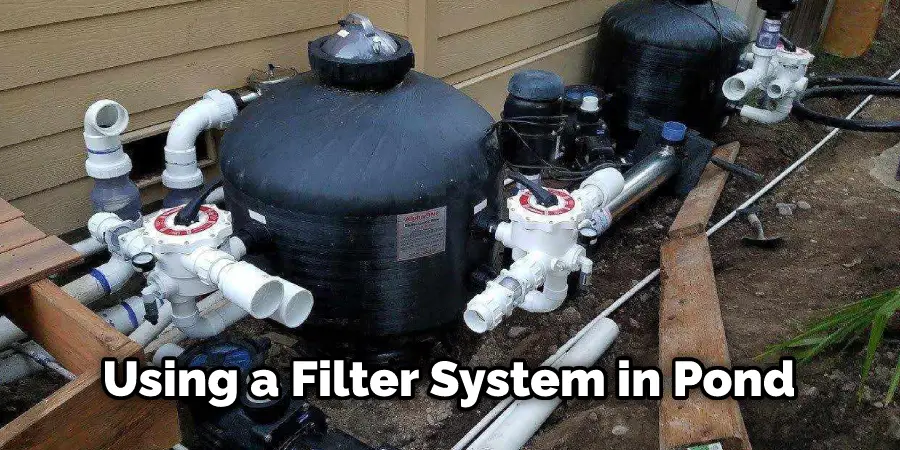
Q: Can I Use Chemicals to Prevent Stagnant Water in My Pond?
A: While chemicals may be used as a short-term solution, they are not recommended as they can cause further problems. The best way to prevent stagnant water in your pond is by investing in quality aeration and filtration systems, using a pond vacuum, adding beneficial bacteria, and doing regular maintenance.
Conclusion
Water stagnation is a serious issue that can ruin the health of your pond or any other body of water. Taking proactive steps on how to prevent stagnant water in pond, such as using aeration technology to introduce and circulate oxygen into the water to break up the surface tension and prevent silt buildup and maximize water movement, are the most effective ways to avoid this problem.
As well, remember to regularly maintain your pond’s temperature, check for potential obstructions around the perimeter, and avoid fertilizer runoff from entering your pond by practicing proper landscaping techniques as part of your overall prevention strategy.
When it comes to water stagnation, taking preventative action is always better than trying to fix something that has already been damaged. Implementing these solutions will help ensure a healthy and beautiful aquatic environment for years to come.


